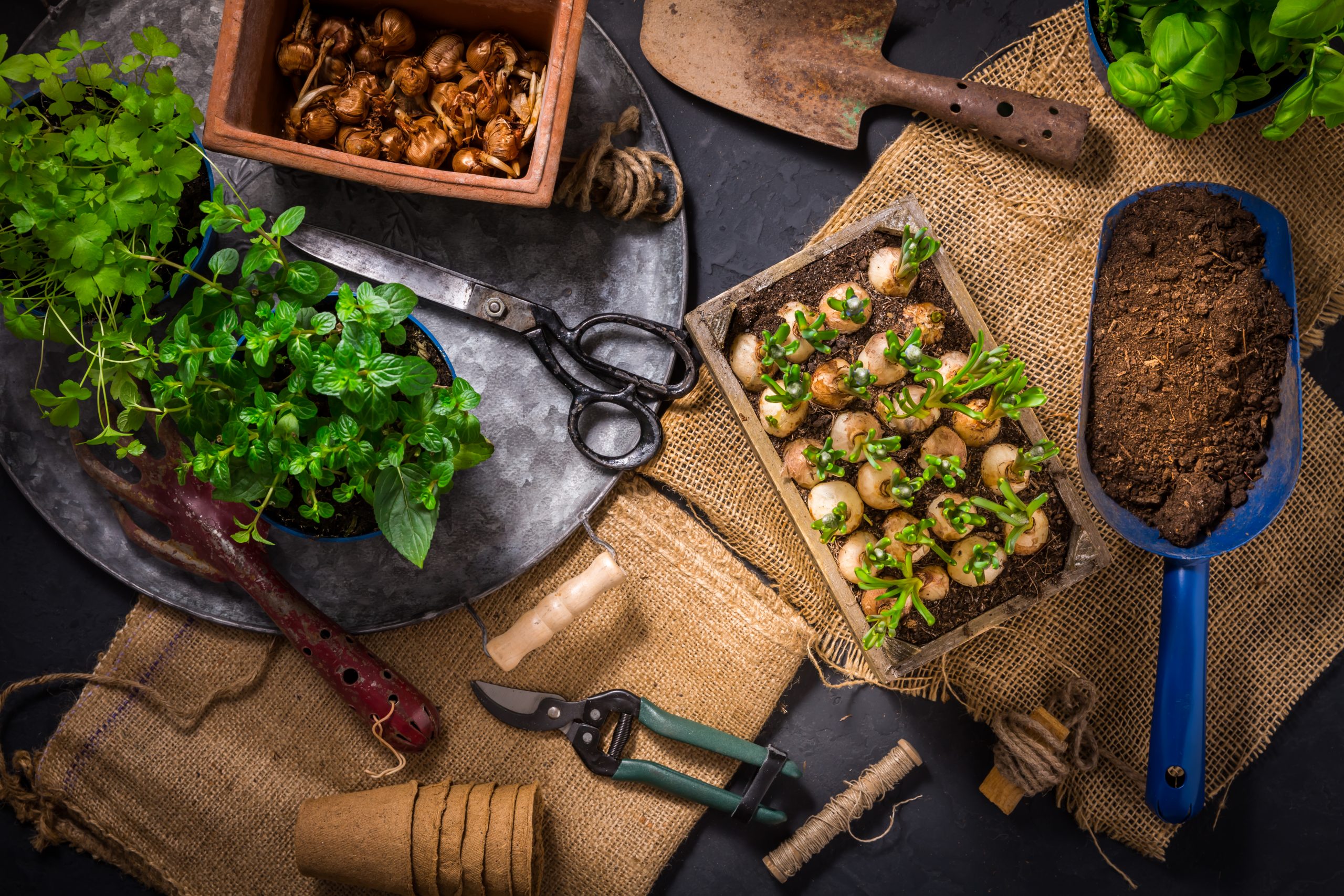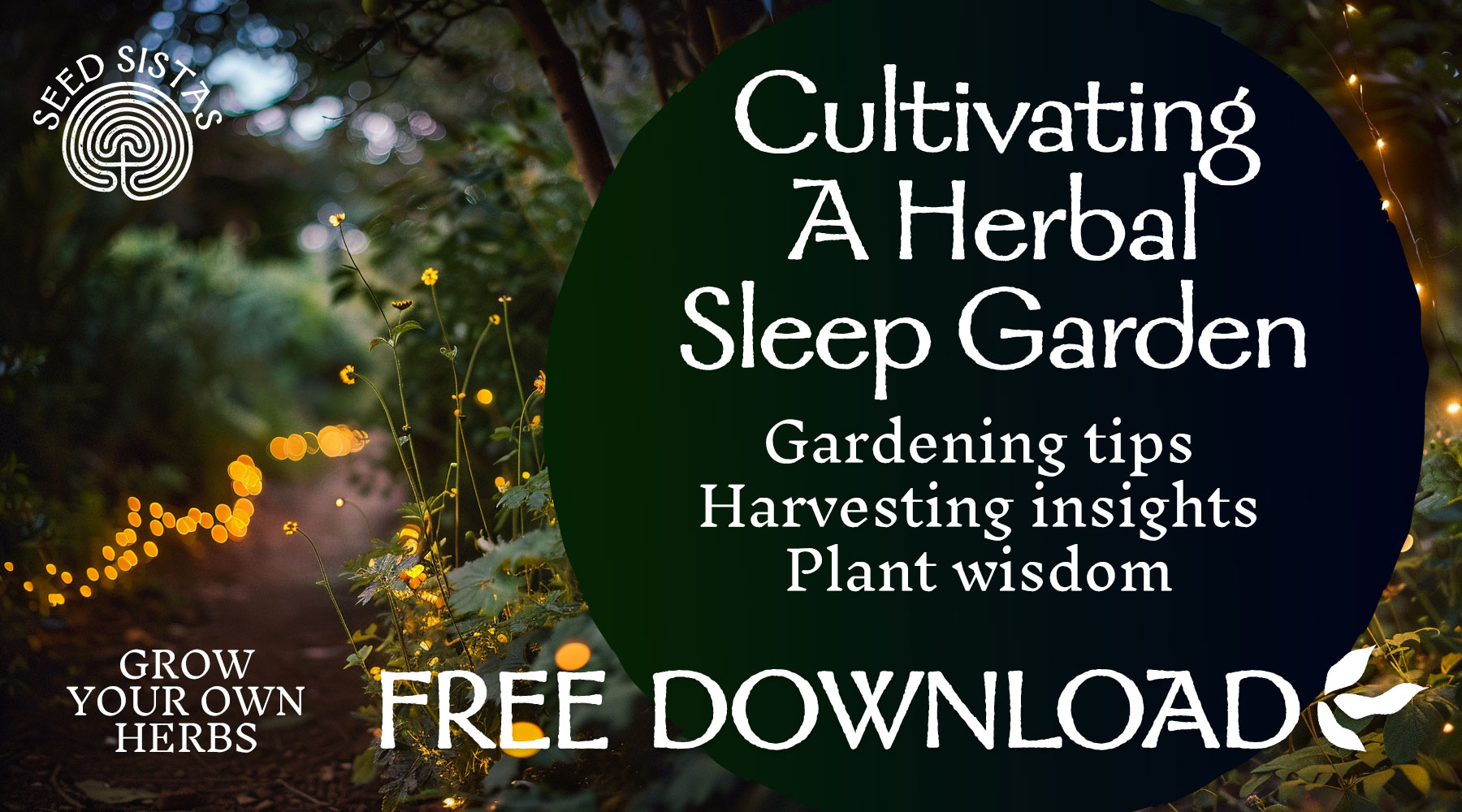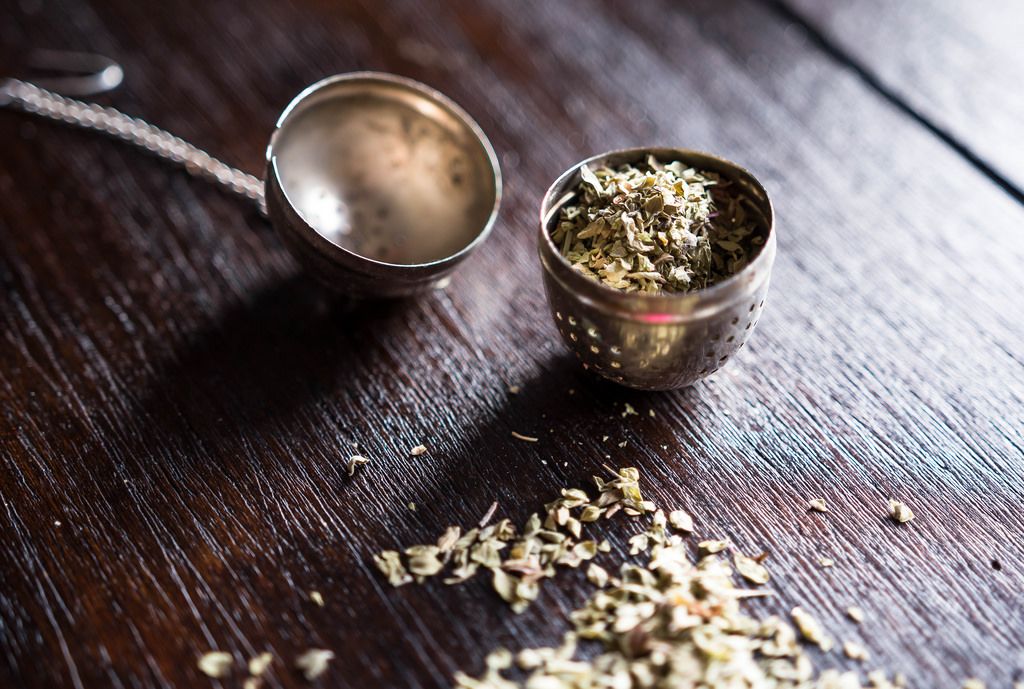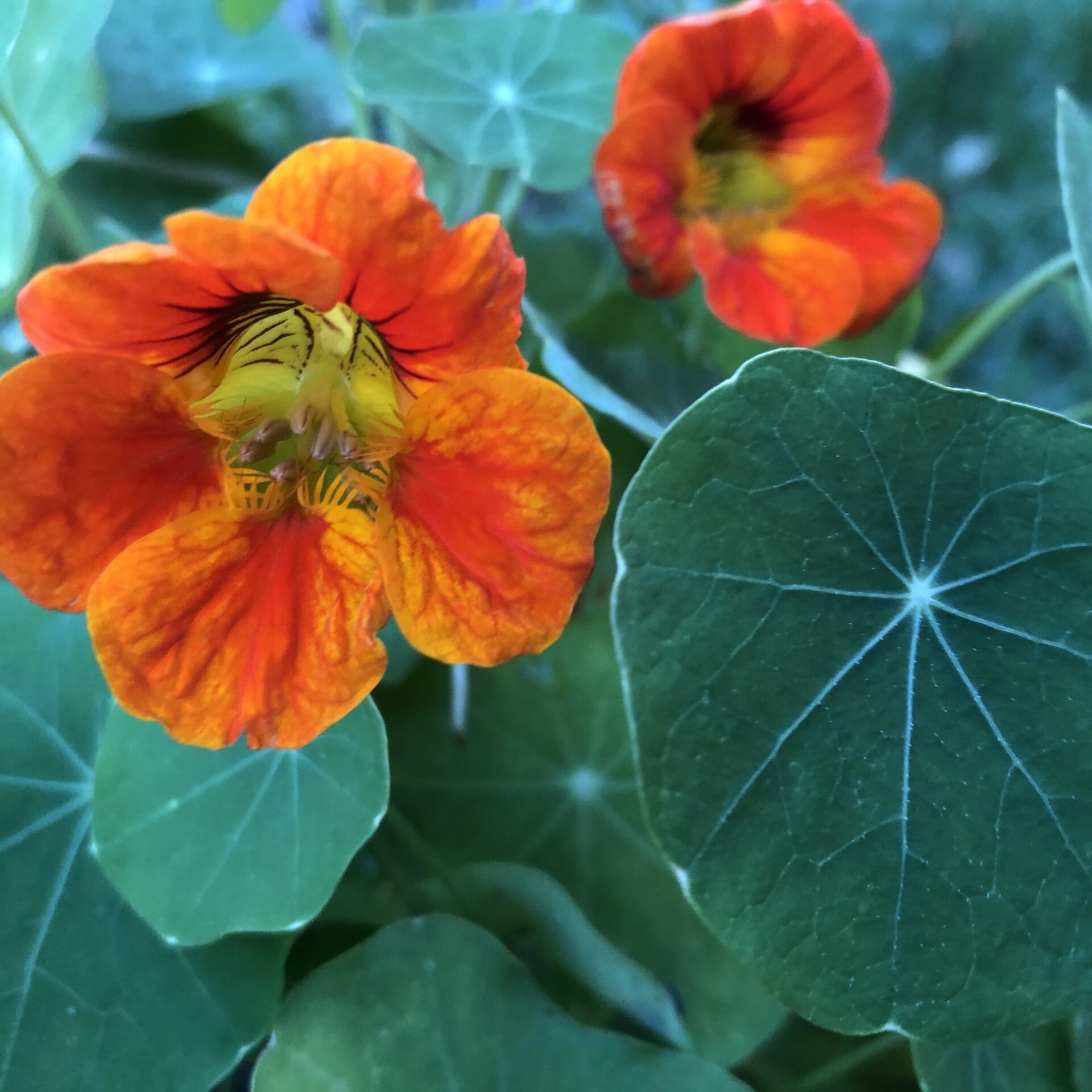Creating an Indoor Herb Garden
Herb gardening is one of the biggest gardening trends that have emerged this year as more people in the UK are growing and harvesting fresh herbs for their consumption. Herbs are valued by home cooks and herbal medicine makers, so growing them at home isn’t just convenient, but economical too. With a few snips of your chosen herbs, you can flavour your food in minutes, or make an all-natural cough remedy for a loved one. Herb gardening mostly takes place outdoors, but there are some who choose to cultivate them inside their homes because they’re short on garden space, or simply because they want to add a touch of green to their interiors.
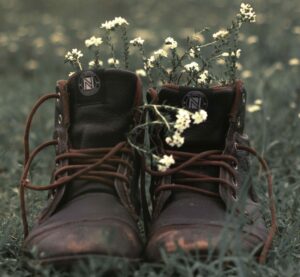 For gardening novices, growing herbs indoors can serve as a gateway into edible gardening since they’re low maintenance and thrive well, even if you don’t have a green thumb. Though you can certainly stick some herbs in tiny pots and call it a day, there are other ways to grow and display them in order to beautify your living spaces. Here’s how you can start off creating an indoor herb garden that enhances your home interior.
For gardening novices, growing herbs indoors can serve as a gateway into edible gardening since they’re low maintenance and thrive well, even if you don’t have a green thumb. Though you can certainly stick some herbs in tiny pots and call it a day, there are other ways to grow and display them in order to beautify your living spaces. Here’s how you can start off creating an indoor herb garden that enhances your home interior.
Choose No-Fuss Herbs
Brown, wilting plants, or herbs that look like they’re on the verge of dying aren’t a good addition to a well-decorated abode. Moreover, their presence can drain your home of good energy. Having dried up or dead plants in your home can taint your dwelling’s good vibes, and they’re also considered to be bad luck in most parts of the world. So, when adding greenery into your living spaces, it’s important to choose herbs that have the best chance of thriving inside your house. Although most herbs do well when grown indoors, there are some that tend to stay healthy, no matter what you do or don’t do.
 No-fuss herbs that grow well indoors include mint, rosemary, basil, parsley, and thyme. If you want to grow herbs from seed, immerse the seeds in water, then fill small pots with some moistened soil. Place three seeds in each pot and cover with soil. Pat down the soil and cover the top with plastic wrap. Once you see a seedling poke through the soil, remove the plastic and allow them to grow. When the seedlings have at least two sets of leaves, transplant your herbs to a bigger container or pot and place them on your windowsill. If you’d rather start your indoor herb garden from cuttings, snip a 4-inch long piece below a leaf node of a mature herb plant. Place the cutting in a jar with water until you see roots grow, then plant the cuttings in soil and place them in a sunny spot of your home.
No-fuss herbs that grow well indoors include mint, rosemary, basil, parsley, and thyme. If you want to grow herbs from seed, immerse the seeds in water, then fill small pots with some moistened soil. Place three seeds in each pot and cover with soil. Pat down the soil and cover the top with plastic wrap. Once you see a seedling poke through the soil, remove the plastic and allow them to grow. When the seedlings have at least two sets of leaves, transplant your herbs to a bigger container or pot and place them on your windowsill. If you’d rather start your indoor herb garden from cuttings, snip a 4-inch long piece below a leaf node of a mature herb plant. Place the cutting in a jar with water until you see roots grow, then plant the cuttings in soil and place them in a sunny spot of your home.
Use a Vertical Shoe Organiser as a Planter
Don’t have enough space on your windowsill? Consider using vertical planters. Herbs such as parsley, basil, rosemary, and cilantro do well when grown vertically, so why not hang a planter on your kitchen wall? For a DIY option, use a canvas over-the-door shoe organiser as a planter. Keep the herbs in the pots they came in, them put some drip trays under them to keep the organizer clean and dry before popping them into the compartments. Place herbs that grow tall, such as rosemary, at the top compartments, while cascading herbs like mint should be placed at the bottom compartments.
If you want to label your herbs, cut chalkboard cardstock into 2 x 3 pieces, then write the names of your herbs with chalk. Use a glue gun to attach the labels to the compartments. Keep in mind that while most herbs don’t have to be in direct sunlight all the time, they’ll still need at least 3 hours of sun exposure everyday to stay healthy. Try hanging the organiser in a sunny spot for a few hours in the morning to ensure that your herbs are in good condition.
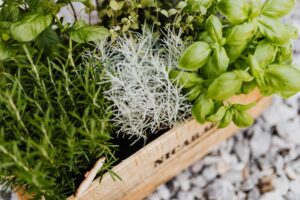 Use One Big Pot for Small Herbs
Use One Big Pot for Small Herbs
Got a balcony or a planter box outside your window? Try using one big pot as a planter for a few small herbs. If you don’t have the time or patience to look after several plants, this could be the perfect herb gardening solution for you. Some herbs grow together well, such as dill, cilantro, and lemon verbena. Lavender, thyme, and rosemary can also be planted together, so get a big planter and put your green thumb to work. Make sure to do your research before planting as some herbs aren’t compatible with others. For instance, peppermint should not be planted next to chamomile, while dill shouldn’t be grown alongside garden cress.
Bookshelf Herb Garden
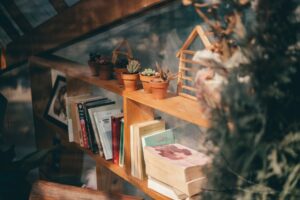 Displaying your herbs on a bookshelf is one of the easiest ways to make your home feel cosy and welcoming. The greens add a touch of nature to your living spaces, and as a bonus, the herbs will fill the air with a pleasant scent. First, choose a wooden bookshelf that you don’t use anymore, then sand it down until the shelves are smooth to the touch. Paint or stain the bookshelf, then once it’s completely dry, apply a waterproof sealant all over it. You can now place potted herbs on the shelves, making sure to place the herbs that grow tall on the topmost shelf.
Displaying your herbs on a bookshelf is one of the easiest ways to make your home feel cosy and welcoming. The greens add a touch of nature to your living spaces, and as a bonus, the herbs will fill the air with a pleasant scent. First, choose a wooden bookshelf that you don’t use anymore, then sand it down until the shelves are smooth to the touch. Paint or stain the bookshelf, then once it’s completely dry, apply a waterproof sealant all over it. You can now place potted herbs on the shelves, making sure to place the herbs that grow tall on the topmost shelf.
Having an indoor herb garden allows you to have access to your favourite herbs anytime you need them. Consider these tips to have an indoor garden that will enhance the look of your living spaces, and enjoy growing fresh herbs inside your home.
Guest Post written by Jackie Edwards:
“For most of her career, Jackie worked as a gardener – often on jobs within her local community. She also spent some time as a landscaper with the family business. Now she’s semi-retired she loves to read and write on horticultural matters (and sometimes delves into other topics too). In any free time she has, she still spends it outdoors – being walked by her two dogs Bertie and Bassett – oh, and occasionally her husband gets a look in too…”

